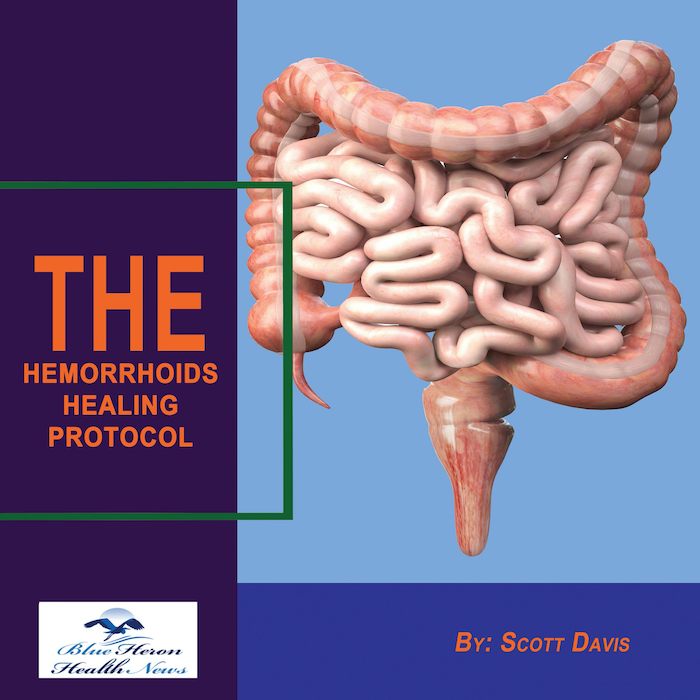
The Hemorrhoids Healing Protocol The Hemorrhoids Healing Protocol™ by Scott Davis This healing protocol is a basic program that gives you natural ways and remedies to treat hemorrhoids diseases safely and securely. Moreover, this program is effective as well as efficient.While using this program, you can avoid using those prescription medicines, lotions, and creams, and keeps you away from the side effects.
How are hemorrhoids diagnosed?
Hemorrhoids are diagnosed through a combination of medical history, physical examination, and sometimes specialized diagnostic tests. The goal is to confirm the presence of hemorrhoids, rule out other potential causes of symptoms, and determine the best course of treatment. Here’s a detailed overview of how hemorrhoids are diagnosed:
Medical History
- Symptom Description:
- The doctor will ask about the patient’s symptoms, including:
- Presence of rectal bleeding.
- Pain or discomfort around the anus.
- Itching or irritation in the anal area.
- Swelling or lumps around the anus.
- Bowel habits and any recent changes.
- The doctor will ask about the patient’s symptoms, including:
- Risk Factors:
- Discussion of lifestyle factors that may contribute to hemorrhoids, such as:
- Dietary habits (fiber intake).
- Bowel habits (straining during bowel movements).
- Pregnancy.
- History of constipation or diarrhea.
- Prolonged sitting or standing.
- Discussion of lifestyle factors that may contribute to hemorrhoids, such as:
- Medical and Family History:
- Inquiry about any personal or family history of hemorrhoids or other rectal/anal conditions.
Physical Examination
- Visual Inspection:
- The doctor will visually inspect the anal area for external hemorrhoids, skin tags, swelling, or any signs of thrombosed hemorrhoids.
- Digital Rectal Examination (DRE):
- The doctor will insert a gloved, lubricated finger into the rectum to feel for any abnormalities, such as internal hemorrhoids, lumps, or other issues.
- This examination helps assess the tone of the anal sphincter and identify any palpable masses.
Anoscopy
- Procedure:
- An anoscope, a short, tube-like instrument, is inserted into the anus to provide a clear view of the anal canal and lower rectum.
- The anoscope allows the doctor to see internal hemorrhoids and assess their size, location, and degree of prolapse.
- Use:
- Anoscopy is a straightforward, in-office procedure that helps diagnose internal hemorrhoids and other conditions affecting the lower rectum.
Proctoscopy
- Procedure:
- Similar to anoscopy but with a longer instrument called a proctoscope, which allows for examination of the entire rectum.
- The proctoscope provides a more extensive view of the rectum and can help identify higher internal hemorrhoids.
- Use:
- Proctoscopy is useful for diagnosing internal hemorrhoids that are not visible with anoscopy.
Sigmoidoscopy and Colonoscopy
- Flexible Sigmoidoscopy:
- Procedure: A flexible tube with a light and camera (sigmoidoscope) is inserted into the rectum and lower colon to examine the sigmoid colon and rectum.
- Use: Helps identify internal hemorrhoids and other potential causes of rectal bleeding, such as polyps or tumors.
- Colonoscopy:
- Procedure: A longer flexible tube (colonoscope) is used to examine the entire colon and rectum.
- Use: Recommended if there is significant rectal bleeding, a family history of colorectal cancer, or other concerning symptoms that require a more comprehensive examination.
Differential Diagnosis
Hemorrhoid symptoms can overlap with other conditions, so it’s essential to rule out other possible causes of rectal bleeding and discomfort, such as:
- Anal Fissures:
- Small tears in the lining of the anus that cause pain and bleeding.
- Anal Abscesses and Fistulas:
- Infected cavities or abnormal connections between the anus and surrounding skin.
- Colorectal Polyps or Cancer:
- Growths in the colon or rectum that can cause bleeding and other symptoms.
- Inflammatory Bowel Disease (IBD):
- Conditions like Crohn’s disease and ulcerative colitis that cause inflammation of the digestive tract.
- Rectal Prolapse:
- Protrusion of the rectum through the anus, which can be confused with prolapsed hemorrhoids.
Conclusion
Diagnosing hemorrhoids involves a thorough medical history, a physical examination including visual inspection and digital rectal examination, and the use of diagnostic tools like anoscopy, proctoscopy, sigmoidoscopy, and colonoscopy. These steps help confirm the presence of hemorrhoids, assess their severity, and rule out other potential causes of symptoms. Proper diagnosis is crucial for developing an effective treatment plan and managing symptoms effectively. If you experience symptoms of hemorrhoids, it’s important to consult a healthcare provider for a proper evaluation and diagnosis.
The Hemorrhoids Healing Protocol The Hemorrhoids Healing Protocol™ by Scott Davis This healing protocol is a basic program that gives you natural ways and remedies to treat hemorrhoids diseases safely and securely. Moreover, this program is effective as well as efficient.While using this program, you can avoid using those prescription medicines, lotions, and creams, and keeps you away from the side effects.